MS-PS1-3
Gather and make sense of information to describe that synthetic materials come from natural resources and impact society.
-
 Chemistry
ChemistryHard-to-burn ‘smart’ wallpaper even triggers alarms
Scientists have made wallpaper that won’t easily burn. And embedded nanowires can be linked to a sensor to sound an alarm when the paper gets too hot.
-
 Materials Science
Materials ScienceLight could make some hospital surfaces deadly to germs
A new surfacing material can disinfect itself. Room lighting turns on this germ-killing property, which could make the material attractive to hospitals.
-
 Chemistry
ChemistryCool Jobs: Diving for new medicines
Scientists mix research with underwater adventure as they search the oceans for new chemicals to treat infections, cancer and more.
-
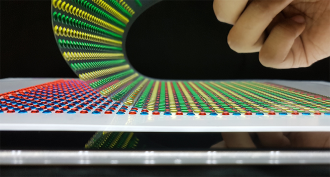 Tech
TechThis power source is shockingly eel-like
The electric eel’s powerful electric charge inspired this new squishy, water-based new approach to generating power.
-
 Brain
BrainExplainer: What are opioids?
Opioid drugs can kill pain, but they can also kill people. Here’s how.
-
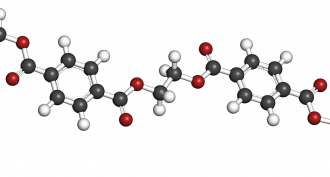 Chemistry
ChemistryExplainer: What are polymers?
Polymers, whether natural or artificial, are big molecules made by linking up smaller repeating chemical units. The most common “backbones” for polymers are chains of carbon or silicon, each of which can bond to four other atoms.
By Sid Perkins -
 Physics
PhysicsExplainer: Quantum is the world of the super small
The word quantum often gets misused. What does it mean? Think small. Really, really small.
-
 Chemistry
ChemistryTo test pill coatings, try a stomach in a flask
Which pain reliever should you buy? The tablet, gel tab or compressed caplet? A teen did an experiment to find out.
-
 Chemistry
ChemistryBPA-free plastic may host BPA-like chemical, teen finds
Something has to replace the BPA in ‘BPA-free’ plastics. A teen has been probing what that is.
-
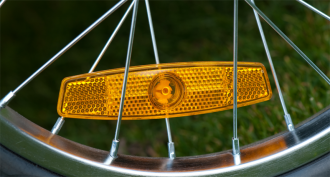 Tech
TechTeen’s invention could help light up bikes at night
A teen researcher from Georgia has developed a light that could replace reflectors on bike wheels. Flexing tires provide all the power it needs.
By Sid Perkins -
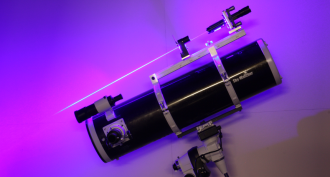 Tech
TechTweaked germs glow to pinpoint buried landmines
Finding landmines could become much safer with a new technology. It uses genetically modified bacteria that glow under laser light.
By Dinsa Sachan -
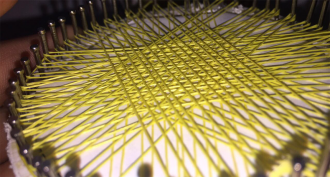 Tech
TechA better way to stop a bullet?
A teen researcher's tests suggest that fabric body armor might stop bullets better if it were woven using a three-fiber, triangular mesh instead of the typical two-fiber-mesh configuration.
By Sid Perkins